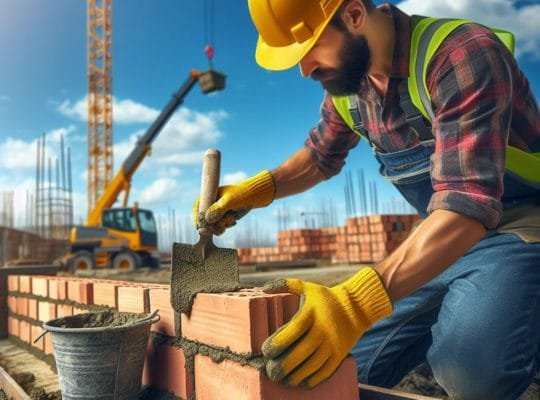
As the healthcare industry evolves, real estate investors and professionals are presented with new opportunities—and unique challenges. On the one hand, investments in specialized medical properties offer attractive returns driven by tenant demand for healthcare services; on the other hand, navigating the complexities of operating medical buildings within a constantly shifting regulatory environment presents obstacles unlike those in more traditional commercial real estate deals. Timur Yusufov looks at how savvy real estate professionals can identify synergies between their current capabilities and emerging trends within healthcare nationwide. We’ll also touch on key insights from successful collaborations across both fields to help you capitalize on these opportunities while minimizing risk.

Exploring the Intersection of Health Care and Real Estate
Advancements in health care and the growing demand for high-quality medical services have had a noticeable impact on the real estate industry. More hospitals, clinics, and healthcare facilities need modern and technologically advanced spaces to accommodate this demand. These developments have created exciting opportunities for real estate developers to seize upon. Meanwhile, at the other end of the spectrum, the healthcare industry seeks to reduce costs by optimizing its facilities and technology. As a result, the intersection of health and its unique challenges and opportunities and opportunities of this intersection is key to navigating and capitalizing on this growing trend.
Investing in Healthcare-Related Real Estate
Investing in healthcare-related real estate can be smart for those looking for a steady, long-term investment opportunity. The need for healthcare facilities is only expected to increase in the coming years. Investing in healthcare facilities, such as hospitals and medical offices, can provide a stable income stream and potentially high returns on investment. In addition, healthcare-related real estate typically has longer lease terms and higher occupancy rates than other types of commercial real estate. While there are risks to any investment, healthcare-related real estate offers potential benefits for those looking for a stable and profitable investment opportunity.
Taking Advantage of Tax Benefits in Healthcare Real Estate
When it comes to healthcare real estate, many investors may not be aware of the potential tax benefits. Understanding and utilizing these tax advantages can provide significant savings and help grow your portfolio. One of the most significant tax benefits is the ability to defer capital gains taxes. This allows you to sell one investment property. Healthcare real estate is also eligible for substantial depreciation deductions, providing additional tax breaks. By taking advantage of tax benefits, investors can increase their return on investment in healthcare real estate.
Benefits of Investing in Medical Office Buildings
Investing in medical office buildings is a wise decision for many reasons. Firstly, these properties are often in high demand due to the essential services healthcare providers provide. This means occupancy rates are consistent and reliable, ensuring a steady rental income stream. Additionally, medical facilities often require long-term leases, providing investors stable cash flow and predictable investment returns. Furthermore, medical office buildings typically offer attractive yields compared to other commercial real estate sectors, making them an attractive option for individual and institutional investors. Overall, investing in medical office buildings can offer a reliable and profitable option for those looking to diversify their real estate portfolio.
How to Research and Analyze Healthcare Investments
Investing in the healthcare industry requires careful research and analysis to make informed decisions. The first step is to identify trends in healthcare and understand how they impact the industry. Factors can significantly impact the healthcare market. Analyzing financial statements and performance metrics of companies in the industry can provide insight into their financial health and growth potential. It is also important to consider companies’ competitive landscape and market share to understand their position in the market. By conducting thorough research, investors can make informed decisions to maximize their returns in the healthcare industry.
Managing Investment Risks in Healthcare Real Estate
Investing in healthcare real estate can offer great financial rewards. One strategy for mitigating risks is to diversify your investment portfolio by investing in properties with different types of tenants, such as medical offices, hospitals, and outpatient facilities. Another approach is thoroughly researching the location, tenant, and property before investing. In addition, having a solid understanding of healthcare regulations and industry trends can help you make informed investment decisions. Implementing risk management strategies like these can help you navigate the complexities of healthcare real estate investing and maximize your returns while minimizing potential setbacks.
Final Thoughts
Health care and real estate marriage are exceptionally profitable. As a result, it’s essential that potential investors thoroughly understand the risks before making investments. Significant benefits are associated with investing in healthcare-related real estate, including advantageous tax benefits, increased portfolio diversification, and potential for rental income growth. People interested in pursuing this strategy should perform ample research to assess market fundamentals and thoroughly analyze any potential investments to maximize success. Experienced investors can leverage various strategies while managing risks throughout the investment process as they optimize their returns over time.








